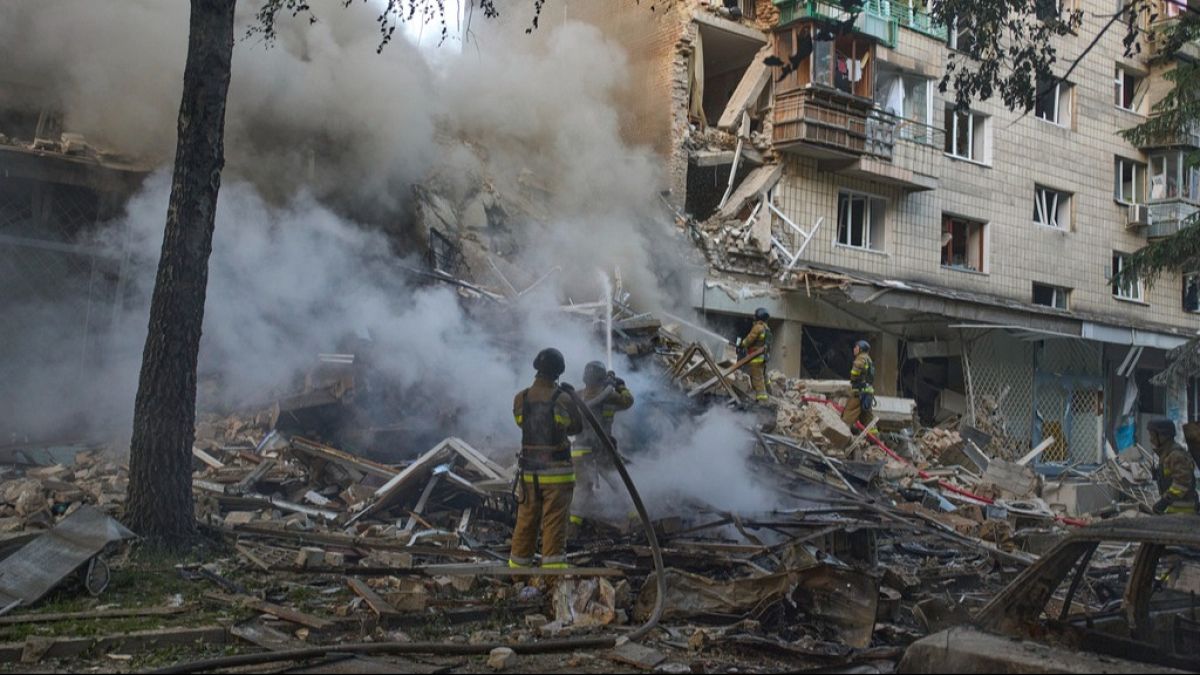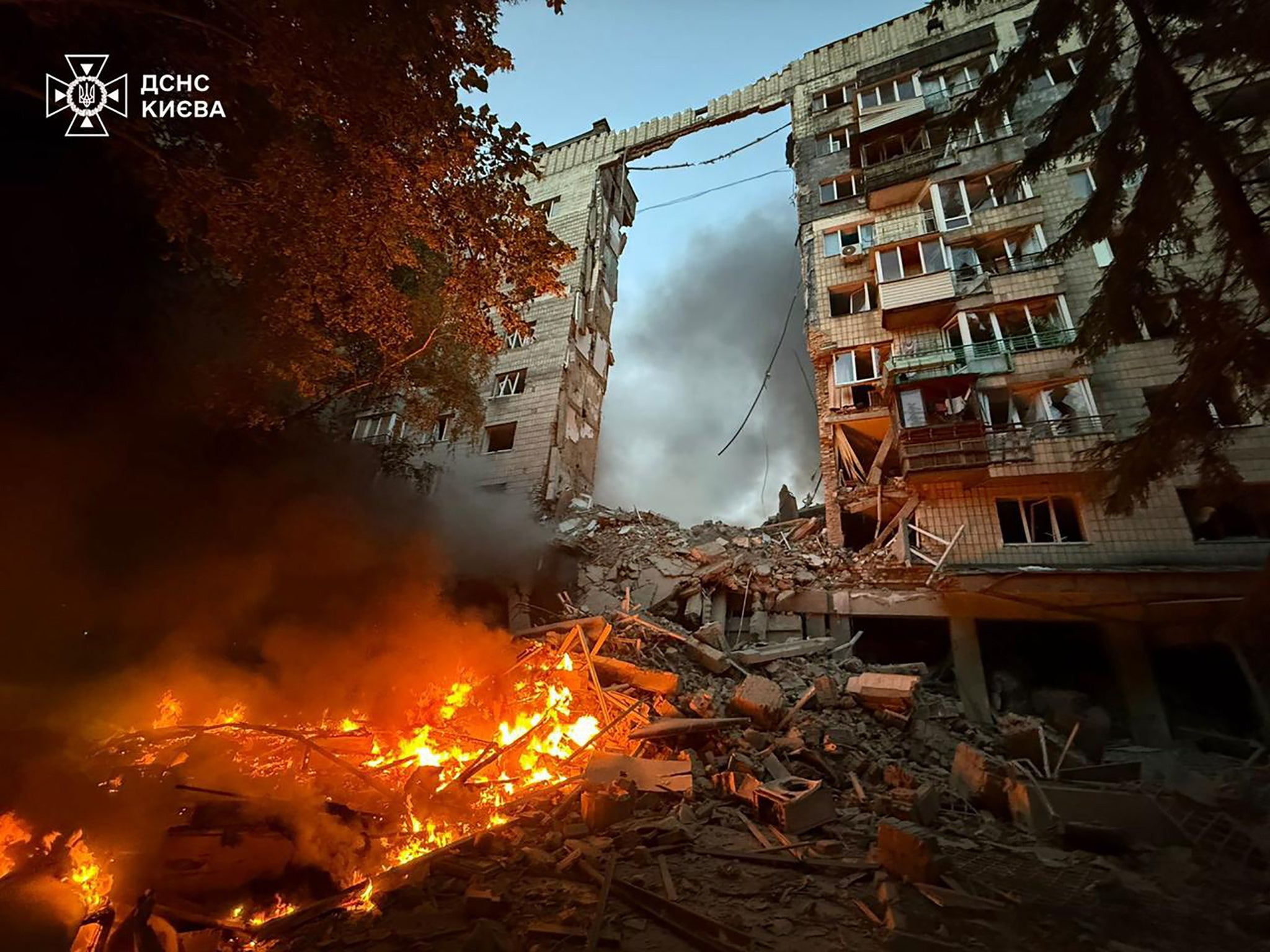
Dr. Alexandra Phelan is a Lecturer in Politics and International Relations at Monash University. Her research interests include insurgent governance and legitimation activities, insurgent women and gender, political violence, illicit financing and organised crime with particular focus on Latin America. She has published on insurgent legitimation strategies, the Colombian conflict, and women in terrorism. She is the author of the book,The Combination of All Forms of Struggle: Insurgent Legitimation and State Response to FARC(Columbia University Press, 2025) and the editor of the bookTerrorism, Gender and Women: Toward an Integrated Research Agenda(Routledge, 2021). She currently serves as an associate editor for the journal, Studies in Conflict and Terrorism. She is also a Small Wars Journal- El Centro Fellow, and an Associate Fellow with RUSI’s Terrorism and Conflict group.
Where do you see the most exciting research/debates happening in your field?
My research focuses on three key areas in the field of terrorism and political violence: (1) insurgent governance and legitimation strategies; (2) the interplay between gender and political violence; and (3) the role that technology plays in terrorism.
There are several areas where exciting research is currently emerging within the field. First, with organisations such as the Taliban and HTS assuming power, and groups like FARC signing peace agreements that facilitate their transition to formal political parties, we are witnessing a growing body of scholarship examining how insurgencies transition from armed groups to political actors — including the implications for perceptions of legitimacy.
Second, there is (thankfully) a burgeoning body of scholarship that critically examines the participation of both women and men in political violence, including the roles that masculinities and femininities play in sustaining involvement in both online and offline spaces.
Finally, I am encouraged by the increasing literature focusing on the complex nature of the Manosphere and its implications — not only for the men engaging with this space, but also for how misogynistic narratives affect women in both public and private spheres. We are currently working on a project that examines the effects of the Manosphere as a pathway to gender-based violence among secondary school teachers, which is highlighting the urgent need to develop effective interventions to counter this influence.
How has the way you understand the world changed over time, and what (or who) prompted the most significant shifts in your thinking?
One of the biggest ways my understanding of the world has changed over time is in how we think about — and try to measure — legitimacy, both for state and non-state actors. This feels especially relevant today, with growing concerns about democratic backsliding and the rise of populist leaders. What really interests me, though, is how non-state actors attempt to build their own forms of legitimacy, particularly in contexts where conflict has become protracted. I’m fascinated by the ways they seek to gain trust, deliver services, and position themselves as alternatives to the state — sometimes even mirroring or directly challenging state structures in the process. A particularly influential text for me has been Systems of Violence: The Political Economy of War and Peace in Colombia by Professor Nazih Richani. His analysis of Colombia’s enduring “war system,” as well as his broader exploration of the political economies of war in other long-running conflicts, has shaped much of my thinking in this area. During my PhD, I was also fortunate to work as a seminar assistant for Professor Leslie Holmes, whose work deeply influenced how I approach the process of legitimation—especially through the lens of post-communist transitions and ideological strategies of legitimacy. His work also influenced how I consider the mechanisms of organised crime and corruption, which I’ve adopted into my research on FARC that looks at the way that they were able to establish stable economic practices in their areas of control.
What is ‘eudaemonic legitimation’?
At its most basic, “eudaemonic legitimation” refers to the ways in which governments or leaders (or also, as I argue, non-state actors) attempt to legitimate their rule by way of the political order’s performance and effectiveness, where they claim the “right to rule” because they are providing benefits for their populations.
The concept has most commonly been applied to communist countries — particularly those of the former Soviet bloc — and emphasises how governments seek to claim legitimacy based on providing social and economic incentives for citizens through social contracts. The problem with eudaemonic legitimation though is that while it encourages the popular support of a regime or leader in the short run, it inevitably raises the expectations of improved living standards and government performance. If a government is unable to fulfil its role in delivering welfare to meet a population’s demands, it results in a legitimacy crisis unless other modes of legitimation are also appealed to.
I’ve argued in some of my work that this mode of legitimation holds utility in understanding how insurgencies appeal to their legitimacy when they “deliver the goods” in their areas of proto-state control — however, in my opinion, it’s not a sustainable mode of legitimation in the long term. While eudaemonic legitimation encourages popular support in the short run, it also raises expectations of improved standards and government performance.
Your forthcoming book explores how FARC has pursued different methods of legitimation during the course of conflict, to the signing of the Colombia Peace Accord in 2016. What methods have they used, and have they been effective in the implementation of FARC’s broader strategy?
In my book, I dive into how FARC embraced the strategy of “la combinación de todas las formas de lucha” (the combination of all forms of struggle), which emphasised the importance of both military and political tactics to boost their legitimacy while aiming to seize power. I argue that from 1964 to 2016, the Colombian government alternated between military action and negotiations with FARC. This approach wasn’t just shaped by the different administrations in power but also by how FARC’s political and military strategies evolved in a contest for legitimacy.
I also show that FARC used specific methods to legitimise their actions, key to their broader strategy. In the early days, they relied on “charismatic” and “teleological” forms of legitimation. Charismatic legitimation focused on the personal qualities of the leader, building a sense of devotion to their exceptional character and heroism. Teleological legitimation, on the other hand, revolved around the idea that their legitimacy came from their vision of a distant goal, like the eventual achievement of communism. As FARC grew and gained control over more territory — particularly after the rise of the coca trade — they integrated to “eudaemonic” legitimation.
I argue that these methods helped FARC build a strong military hierarchy, rooted in charismatic authority, and combined with their political strategies to push for their ultimate goals. When the coca boom hit, FARC managed to establish secure zones where economic stability took hold. This stability helped boost their effectiveness and performance, supporting their expansion. The group also developed “social contracts” with locals in their areas of influence and integrated the coca trade into their messaging, linking it to their Bolivarianist and Marxist-Leninist agenda.
What role did gender play in the conflict and peace process in Colombia?
Gender played an incredibly crucial role in the Colombian peace process with FARC, which led to the 2016 peace agreement. This agreement was widely praised for its strong focus on gender and for ensuring meaningful participation from women, both as negotiators and peace advocates. In my article with Professor Jacqui True, we explore how the combined efforts of women in both high-level negotiations and grassroots movements – supporting each other’s efforts – pushed for a more inclusive agreement. This was instrumental in getting both the government and FARC to commit to women’s representation, human rights, and access to resources. What’s especially remarkable about the Colombian case is how women’s civil society was able to mobilise politically, agree on a shared platform, and then push both conflict parties – the Santos administration and FARC – to improve women’s representation in the negotiation teams. They also succeeded in making gender issues a central focus of the peace talks, seeing it as key to the legitimacy, credibility, and international standing of the negotiations. In the article, we argue that the Colombian peace agreement is a strong example of how gender inclusion can actually strengthen elite bargains, rather than threaten them. Unlike other peace processes, where women are simply added to an existing agreement, the Colombian case shows how women’s involvement can reshape the power dynamics of a peace settlement. This transformation was driven by mass mobilisation at the grassroots level, with women’s social movements bridging ethnic and class divides.
Has the Colombian government maintained effective peacebuilding processes since 2016?
Since the 2016 peace agreement, Colombia has had two different administrations. First, there was President Iván Duque from 2018 to 2022, followed by President Gustavo Petro from 2022 onwards. Duque took a rather critical approach to the peace deal, campaigning on a platform that promised to revisit and revise parts of the agreement. He felt the deal was too lenient on former FARC fighters, particularly regarding transitional justice mechanisms. His main issue was with the Special Jurisdiction for Peace (JEP), which allowed former guerrilla members to avoid jail time in exchange for confessing their crimes and taking part in reintegration programs. Duque argued this system gave impunity to those who had committed serious crimes during the conflict. He was also criticised for wanting to change aspects of the agreement related to rural reform, drug policy, and the reintegration of former combatants. While Duque’s government maintained that they weren’t trying to dismantle the peace process entirely, they did push for revisions. They argued that the agreement needed to focus more on citizen security and the protection of vulnerable groups, especially those affected by violence and drug trafficking. Petro, on the other hand, has been committed to fully implementing the peace deal, at once stage stating that Colombia needs a national pact to bring about lasting peace. In 2022, he introduced the “Total Peace” policy, which aims to negotiate ceasefires and disarmament agreements with various armed and criminal groups across the country. However, despite Petro’s dedication to the peace process, his policy has faced criticism. Some argue that it has led to the rise of more armed groups and has failed to significantly reduce violence, particularly in regions like Catatumbo, where clashes between armed groups like the ELN and FARC dissidents have been ongoing since early 2025.
How does analysing extremism through a gender-based lens contribute to a more nuanced understanding of radicalisation?
Analysing extremism through a gender-based lens contributes to a more nuanced understanding of not only the participation of women and men in extremism, including their motivations and push and pull factors, but also how masculinities and femininities can be used to sustain their participation. Furthermore, it allows us to unpack how extremist groups espouse gender narratives to recruit, radicalise and sustain the participation of recruits, while also clearly delineating target outgroups.
As a small example, in our CREST project which examined misogyny, hostile beliefs and the transmission of extremism across the far-right in the UK and Australia, we found that expectations of masculinity are used to define the role of the ideal male, while misogyny and hostile beliefs towards women and LGBTQ+ are often justified and legitimised as part of these groups’ overall ideological frameworks. Gender analysis and feminist methodologies can play an integral role in unpacking these issues and are useful for understanding how not only radicalisation can be distinct for women and men, but how violent extremism can affect women and men differently as well.
How has the use of digital tools changed radicalisation methods? Are there effective intervention methods available?
Social media platforms are still a major issue when it comes to spreading propaganda and extremist content. They make it so much easier for these groups to reach potential recruits across borders. The problem is that digital tools, like algorithms, can target specific people with tailored messages, helping extremist content go viral and reach a much wider audience, often globally. These platforms, along with forums and encrypted messaging apps, create spaces where individuals can find and connect with like-minded people who reinforce their extremist views, creating what we call “echo chambers.” What’s even more concerning is that these online spaces often offer a sense of community and belonging, which can be really attractive to vulnerable people who feel isolated or disconnected. Extremist groups take advantage of this, slowly and subtly pulling people in through memes, videos, podcasts, and influencers who make extreme ideas seem normal and even appealing.
The internet also gives people a degree of anonymity, so they can explore these harmful ideologies without the risk of being exposed or facing social backlash, making it easier to engage with dangerous content. Another big problem is that these digital tools help extremist groups organise offline activities, too. We’ve seen this with events like the January 6th Capitol Riot, where social media played a key role in mobilisation. Even though tech companies have tried to intervene — through content moderation, educational campaigns, counter-narratives, and support services — the challenge remains that these groups are constantly evolving, and tech companies are always playing catch-up. It’s a tough issue for both tech companies and authorities, and there’s still no perfect solution.
What is the most important advice you could give to young scholars of International Relations?
University is the perfect time to explore your interests and try out things you might not have considered before. I always tell students to stay curious and be open-minded when picking their courses. You never know, you might end up discovering a subject you didn’t know much about but end up loving. I joke with my colleagues about how I once wanted to be a ballerina, and now here I am, lecturing on terrorism and political violence with a focus on Latin American guerrilla groups! That interest actually started in my first year at university. So, my advice to students is to stay open to possibilities and trust your gut when it comes to following your passions. You never know where it might lead — it led me into a FARC camp!
Further Reading on E-International Relations



